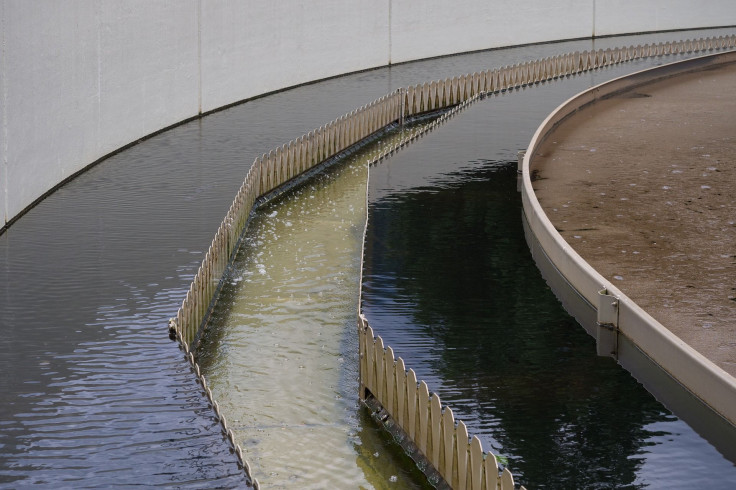Coronavirus Update: Researchers Plan To 'Trap And Zap' SARS-CoV-2
The viruses responsible for COVID-19 has been detected in air ducts and in stools. This suggests that the viruses could spread around buildings via air conditioning systems and wastewater treatment plants where it could survive for days. The need of the hour is precise viral disinfection approaches that are fast, reliable, and efficient.
Researchers at the Rice University plan to reconfigure their sewage treatment technology to capture and deactivate the deadly novel coronavirus. They are working on developing a novel approach for selective adsorption and photocatalytic disinfection of coronavirus.
“The objective of this project is to develop a novel approach for selective adsorption and photocatalytic disinfection (i.e., trap-and-zap) of SARS-CoV-2 and other pathogenic coronaviruses. This would result in a chemical-free technology (thus avoiding harmful disinfection byproducts) with unprecedented precision and reliable efficiency to inactivate coronavirus. The driving hypothesis is that molecular imprinting of graphitic carbon nitride with common coronavirus attachment factors will enable selective virus adsorption near reactive sites, resulting in reliably high disinfection,” the National Science Foundation quoted the study authors.
The ‘Trap and Zap’ approach
It is chemical-free nanotechnology that works as a way to destroy bacterial superbugs and degrade their antibiotic resistance genes in wastewater. Customized at the molecular level, the system would employ graphitic carbon nitride to selectively absorb viruses and disable them. The research team aims to develop a system that is efficient, quick as well as reliable under realistic scenarios.
“COVID-19 might be a dress rehearsal for even more lethal infectious diseases that are very difficult to control. We need to enhance the capacity and resiliency of multimedia treatment processes -- especially air filtration and wastewater disinfection -- to protect public health,” EurekAlert quoted Alvarez, director of the Rice-based, NSF-backed Nanosystems Engineering Research Center for nanotechnology-enabled Water Treatment (NEWT).
While the research team will be testing their new technology in a laboratory on similar but less-virulent strains of viruses, they hope that their trap-and-zap treatment approach can detect coronaviruses that not only cause COVID-19 but MERS and SARS as well.
“This project will enhance surface recognition of various types of coronavirus (e.g., those causing COVID-19, MERS and SARS), which will inform efforts to concentrate them and improve both precision separation (e.g., by superior sorbents) and detection limits of sensors that can be used in diagnostics and surveillance efforts,” said the researchers.

© Copyright IBTimes 2024. All rights reserved.






















